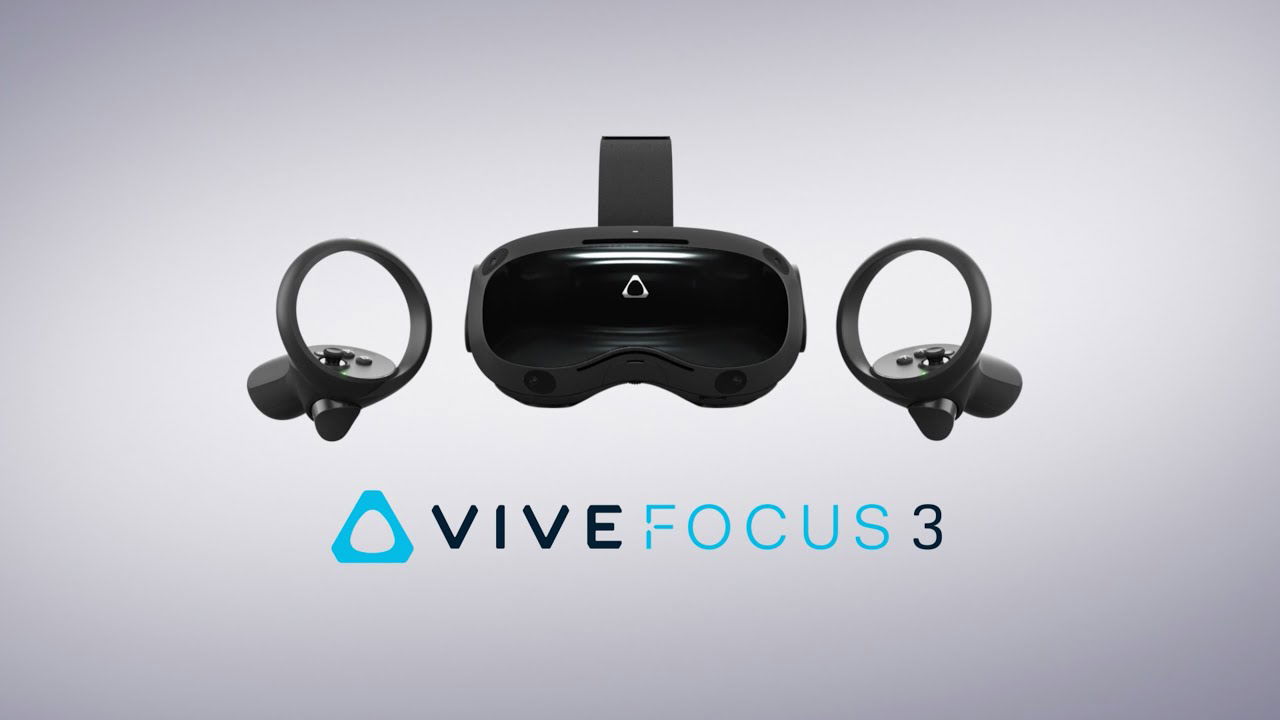
As I stand in the middle of an art gallery, looking across at a virtual Louvre's Mona Lisa, it occurs to me that VR displays are no longer low-res. Whatever reservations I had about VR's pixilated screen-door appearance are now dispelled. The HTC Vive Focus 3 appears to be crystal clear and sharp in my opinion.
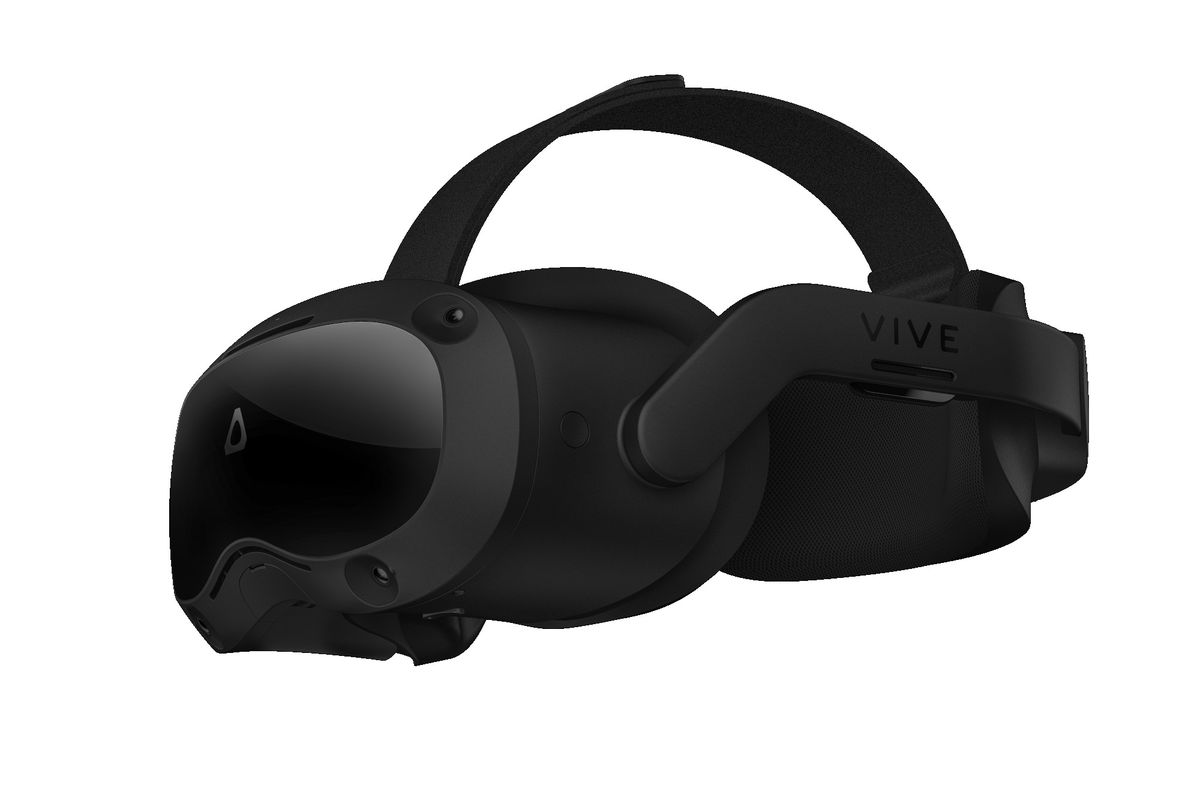
HTC's latest standalone VR headset is essentially a Pro version of the Oculus Quest 2 aimed at businesses. According to HTC, the Vive Focus 3 has the same Qualcomm Snapdragon XR 2 processor as the Vive Focus 2, but with fans and cooling that might boost performance.
A business version of Facebook's $300-and-up headset is also in the works, as is a Quest Pro. However, it's unclear if Facebook's app ecosystem and hardware support are sufficiently flexible. The Vive Focus 3 is more comfortable to use, has a better display, and isn't linked to Facebook.

Display and comfort are two things that the Focus 3 excels at. The Focus 3's larger-field-of-view, high-resolution display was a big plus for me. When I was looking at the above art app or watching movie trailers on YouTube, the 2,448x2,448 pixels-per-eye resolution felt wonderfully pixel-free, and seemed to melt away. The Oculus Quest 2's 1,832x1,920 pixels-per-eye resolution impressed me, but the Focus 3's surpasses that of the PC-based HP Reverb G2, one of the best VR headsets on the market.
The display has a 120-degree field of view, which I noticed right away while playing Hyper Dash, a pre-installed online shooter game (which felt like a lower-quality version of Population One). The field of view on the Quest 2 is about 90 degrees, which makes it feel you're looking through a large porthole. The wider field of view on the Focus 3 makes it feel you're looking through a scuba mask. I had the impression that I could see more of the playing field without even realizing I was wearing a headset. That, combined with the higher resolution, helped to melt the headset off my face.
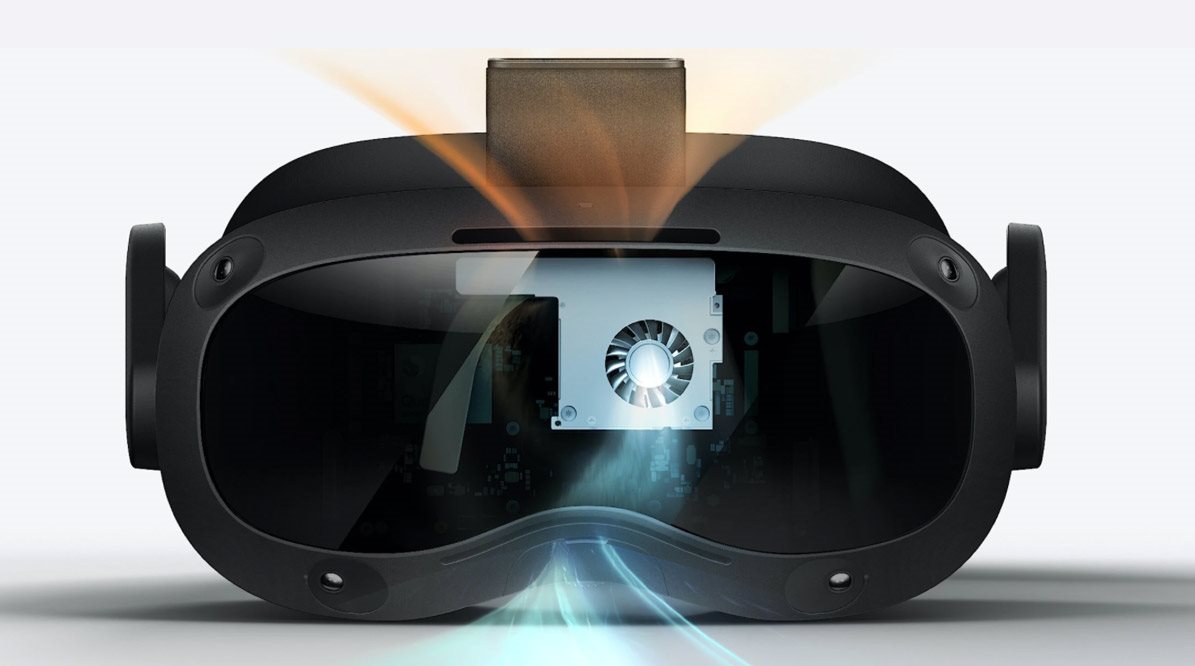
The display isn't perfect: like many VR headsets, the fresnel lenses occasionally produce small halos of light. And the optics were occasionally strange to my eyes; the 3D of the pass-through video made my eyes feel like they had to adjust. However, it's a significant improvement over the previous standalone Vive Focus headset.
The headset design on the Focus 3 is bulkier, but it also has a lot more room. The battery pack in the back of the headset is like the separately sold battery strap for the Quest 2, but it's more durable (and a permanent part of the design).
The larger eyecup around the lenses did not cramp my glasses. The design is more in line with other wired PC VR headsets, with a focus on comfort over portability. I like how the front goggles can lift and angle up while I'm wearing them, almost like a visor, allowing me to check my phone or laptop.
The Focus 3 also has a dial that can be adjusted to fit a variety of eye spacing (interpupillary distance, or IPD). The Quest 2 has only three presets, which may not be suitable for many eyes and faces. On the Focus 3, I found it easier to fine-tune the optics.
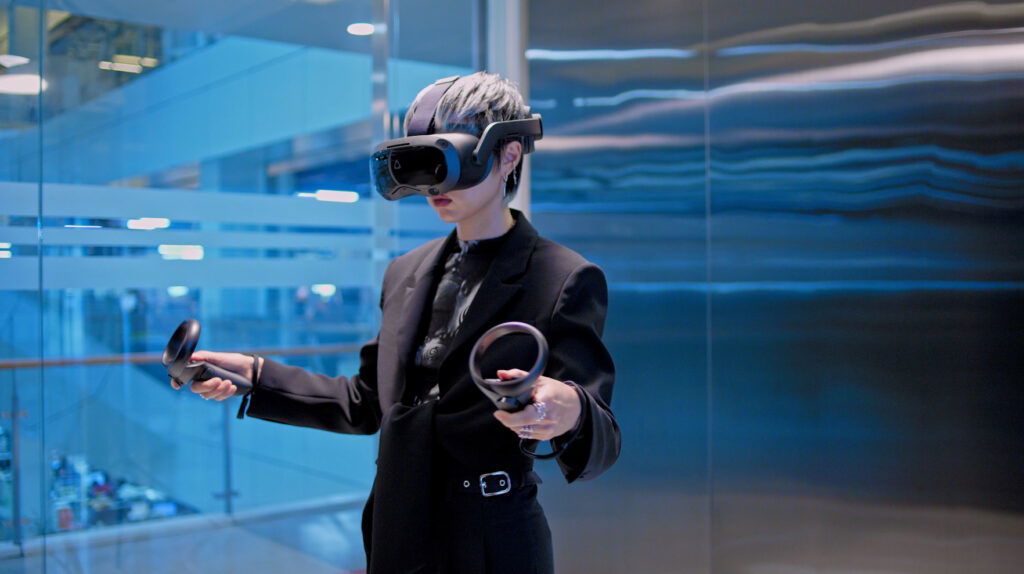
The weight balance feels less top-heavy and more natural because the battery pack is on the back of the headset. The headset requires its own specialized charger, which is disappointing because the Quest 2 charges via USB-C. However, compared to the Quest 2, this headset is much easier to put on and take off, and we can replace the battery if necessary. (If you were doing demos somewhere, you could keep a bunch of charged Focus 3 batteries on hand.)
Controllers and sound are two things that have changed little.In many ways, the Focus 3 experience is very similar to the Quest 2 experience. The controllers, for example, are nearly identical in terms of button layout, triggers, and analog sticks. The Focus 3 controllers are longer and use USB-C instead of batteries to charge. However, I prefer the feel of the Quest 2 controller and its more powerful vibrating haptics.
Like the Quest 2, the audio on the Focus 3 comes through speaker holes in the headband and delivers decent spatial audio in apps and games. A headphone jack is also included. The built-in audio didn't wow me, but it didn't wow me much on the Quest 2 either (other than the convenience of not having to use headphones).
One thing I didn't care for was the Focus 3's ostensibly noisy (to me) fan, which whirrs on and off almost constantly.
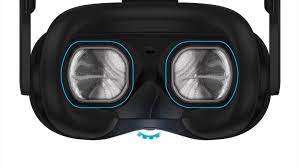
What it isn't: A personal device or a computer headset.
To be clear, the Vive Focus 3 is a business headset, with a price tag of $1,300, which is $1,000 more than the Oculus Quest 2. The Focus 3 also uses Vive's app ecosystem to run its own apps, so it can't be used as a PC headset (you'll need the Vive Pro for that).
However, future VR developers may find this headset more appealing than Facebook's often more closed-off Oculus platform because of its comfort, improved display, and potential performance advantages. I also like the Focus 3's open design, which includes a micro SD card slot and USB-C for future sensors and accessories.
This suggests that competitors could follow HTC's lead and use Qualcomm's chip to create other types of VR headsets. Facebook is developing its own version of the Pro VR headset, which will probably include more sensors and a better display. The Vive Focus 3 demonstrates that Qualcomm's chip technology has room to grow, which could hint at what's to come next.
Virtual Reality, Augmented and Artificial Intelligence 2021 specialist Amit Caesar wrote the article.


